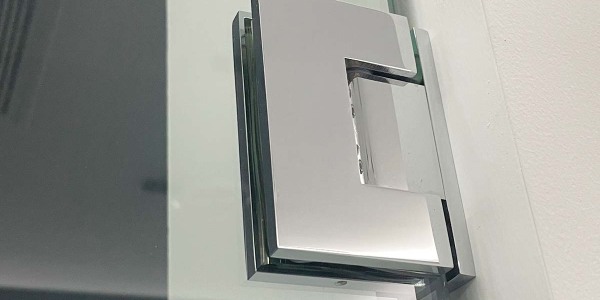How to make homemade hardware for inside sliding barn doors
Want to add rustic, farmhouse charm to your home? Inside sliding barn doors are a perfect choice. Instead of buying premade hardware, why not craft your own? With a few tools and some creativity, you can design custom hardware that’s both functional and unique. Here’s how to get started.
Materials You'll Need
Before you begin, gather these materials:
Metal pipes and fittings (flanges, elbows, couplings)
Metal brackets
Nuts and bolts
Drill and drill bits
Metal cutting tools (like a hacksaw or angle grinder)
Welder (optional for intricate designs)
Sandpaper or a metal file
Primer and paint (optional for a polished finish)
Handles or pulls (optional for added functionality)
Step 1: Design Your Hardware
Start by sketching your design. Think about the look and functionality you want. Do you prefer simple and rustic or detailed and decorative? Decide if your hardware will only look good or also provide structural support.
Measure your barn doors to ensure the hardware fits properly. Precise measurements will save time later.
Step 2: Create the Tracks
The track is essential for sliding barn doors. Use metal pipes to build it.
Cut the Pipes: Measure and cut the pipes to the correct length using a hacksaw or angle grinder.
Assemble the Track: Use elbows and couplings to create a straight or curved track, depending on your design.
Mount the Track: Secure the track to the wall with metal brackets, nuts, and bolts. Ensure it’s level for smooth sliding.
Step 3: Craft the Rollers
Rollers help the doors slide along the track. Here’s how to make them:
Cut and Shape: Use metal pipes or fabricate more intricate designs with a welder.
Attach to the Doors: Secure the rollers to the bottom of the barn doors with brackets, nuts, and bolts.
Ensure the rollers align with the track for smooth operation.
Step 4: Add Handles or Pulls
Handles or pulls make your barn doors easier to use. You can:
DIY Handles: Use metal pipes and fittings to create custom handles.
Pre-Made Options: Buy handles that match your design and attach them with screws or bolts.
Step 5: Apply Finishing Touches
Give your hardware a polished look (or keep it raw for rustic charm).
Smooth Edges: Sand down rough spots with sandpaper or a metal file.
Paint or Leave Raw: Apply primer and paint to match your décor. For a natural look, skip the paint and leave the hardware unfinished.
Step 6: Install the Barn Doors
Now it’s time to put everything together.
Slide the doors onto the tracks.
Test the movement.
Make adjustments to ensure smooth and secure operation.
Step 7: Maintain Your Hardware
Keep your homemade hardware in top shape with regular care:
Check for Wear: Tighten loose nuts and bolts.
Handle Rust: Sand off rust and repaint as needed.
Clean Regularly: Wipe down hardware to prevent buildup of dust or grime.
Conclusion
Crafting homemade hardware for sliding barn doors is a rewarding DIY project. It adds a personalized touch to your home while enhancing functionality. With some basic tools and creative thinking, you can create custom hardware that perfectly complements your barn doors and overall décor. So grab your tools, start designing, and enjoy the satisfaction of making something truly unique for your space.






